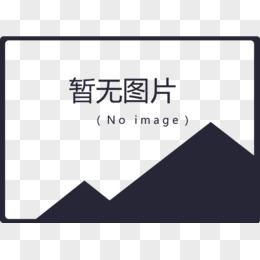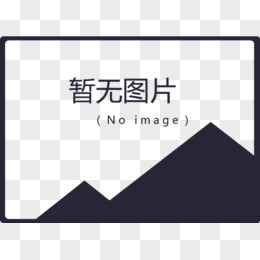NGUI为了减少GPU状态切换的消耗(比如切换material),把相同material的widget合并,减少DrawCall的数量。下文描述了NGUI如何对widget归类,以及减少DrawCall需要注意的地方。
归类widget的代码在UIPanel中的FillAllDrawCalls()里,代码如下
-
void FillAllDrawCalls ()
-
{
-
for (int i = 0; i < drawCalls.size; ++i)
-
UIDrawCall.Destroy(drawCalls.buffer[i]);
-
drawCalls.Clear();
-
-
Material mat = null;
-
Texture tex = null;
-
Shader sdr = null;
-
UIDrawCall dc = null;
-
-
if (mSortWidgets) SortWidgets();
-
-
for (int i = 0; i < widgets.size; ++i)
-
{
-
UIWidget w = widgets.buffer[i];
-
-
if (w.isVisible && w.hasVertices)
-
{
-
Material mt = w.material;
-
Texture tx = w.mainTexture;
-
Shader sd = w.shader;
-
-
if (mat != mt || tex != tx || sdr != sd)
-
{
-
if (mVerts.size != 0)
-
{
-
SubmitDrawCall(dc);
-
dc = null;
-
}
-
-
mat = mt;
-
tex = tx;
-
sdr = sd;
-
}
-
-
if (mat != null || sdr != null || tex != null)
-
{
-
if (dc == null)
-
{
-
dc = UIDrawCall.Create(this, mat, tex, sdr);
-
dc.depthStart = w.depth;
-
dc.depthEnd = dc.depthStart;
-
dc.panel = this;
-
}
-
else
-
{
-
int rd = w.depth;
-
if (rd < dc.depthStart) dc.depthStart = rd;
-
if (rd > dc.depthEnd) dc.depthEnd = rd;
-
}
-
-
w.drawCall = dc;
-
-
if (generateNormals) w.WriteToBuffers(mVerts, mUvs, mCols, mNorms, mTans);
-
else w.WriteToBuffers(mVerts, mUvs, mCols, null, null);
-
}
-
}
-
else w.drawCall = null;
-
}
- if (mVerts.size != 0) SubmitDrawCall(dc);
算法描述如下
先把UIPanel中的Widget按depth从小到大排序,如果depth相同那按照material的ID来排序。然后遍历每个元素,把material相同的Widget归类到同一个drawCall。合并之后的结果如下图

最后生成了3个DrawCall,并按顺序提交GPU绘制。
为何要采用这个算法呢?因为NGUI的Material是透明材质,不会写入深度缓存(但是会进行深度测试,以保证与非透明物体的层次正确),我们可以看NGUI材质所使用的Unlit/Transparent Colored这个Shader,里面有一句ZWrite Off。所以widget的前后关系与z坐标是没有关系的,而是与DrawCall的绘制顺序有关。所以如果要按照上图的depth来显示widget,必然只能分成3个DrawCall,并且按顺序绘制。






